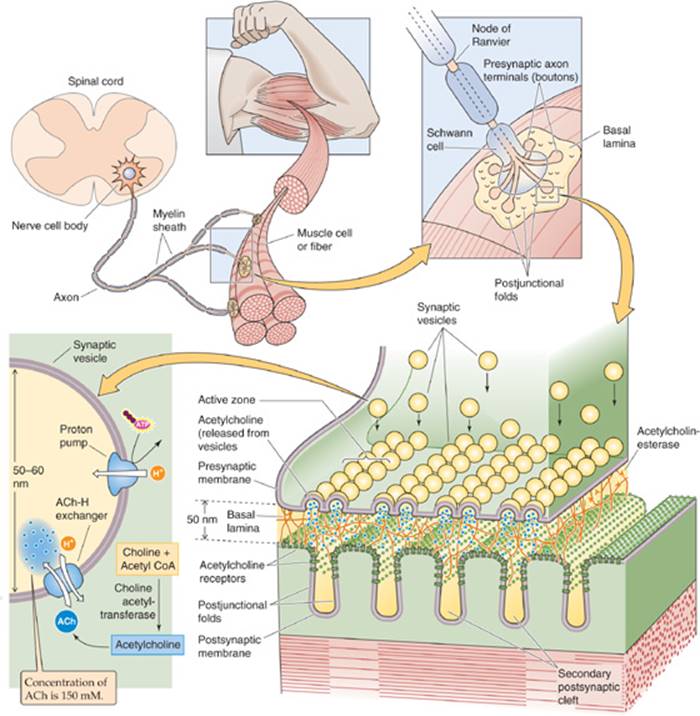

Since cloning the cDNA encoding NBCe1, our group has studied the molecular mechanism of Na +-coupled HCO 3 − transporters (NCBTs)-members of the SLC4 family of transport proteins. As a fellow, we identified the electrogenic Na/HCO 3 cotransporter (NBCe1), which not only regulates pH i but also mediates HCO 3 − movement of across many epithelia. Later work showed that this recovery is mediated by a Na +-driven Cl-HCO 3 exchanger (NDCBE)-the first documented pH i regulator. Technically, our projects exploit technologies ranging from structural biology, through molecular and cell physiology, to whole tissues and organisms.Īs a graduate student, I imposed acute intracellular acid loads and found that the sudden pH i decrease is followed by a recovery-the first demonstration of pH i regulation. The whole system depends on movements of CO 2 (and other gases) through gas channels in the cell membrane. The lungs, controlled by brainstem neurons, regulate pH o by regulating o. The kidneys regulate pH o by regulating o-and they do this by using novel sensors to sniff CO 2 and HCO 3 − in the blood. Philosophically, pH i homeostasis depends on HCO 3 − and H + transport across cell membranes, which in turn depends on pH, and in the extracellular (o) fluid. Our three projects interact philosophically and technically. These evolved from our longstanding interest in intracellular pH (pH i) homeostasis, which is critically important because virtually every biological process-cell division, metabolism, action of channels/transporters/structural proteins-depends on pH i. We have three major research areas (see below). Regulation of intracellular pH, gas channels


 0 kommentar(er)
0 kommentar(er)
